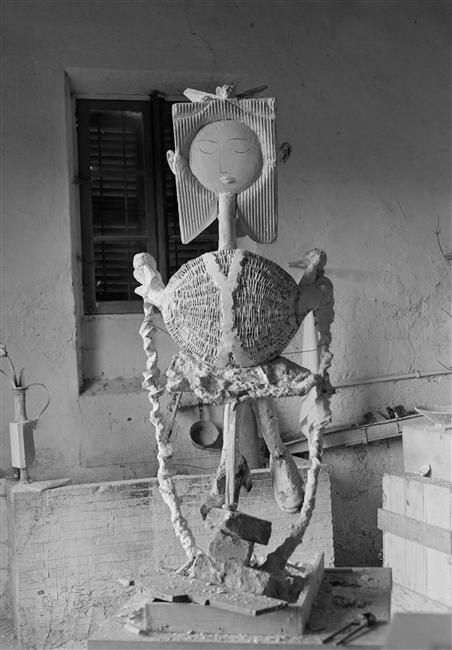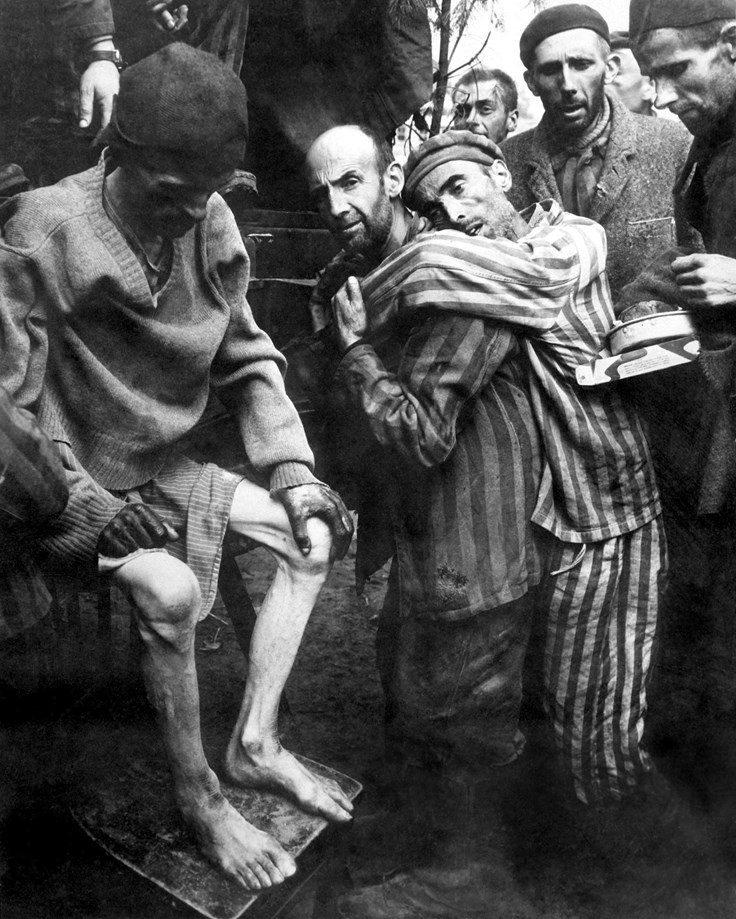Johnsen Commission concept photo (for future 30" x 60" painting)
WHERE TO START...
One of the questions I'm often asked is how I decide what to paint. That question is most easily answered if said answer is dictated by the desires of a client for a painting that is commissioned. Obviously, for a painting commission, the client tells me what they want. That makes it easy (and usually a lot of fun because the subject could be almost ANYTHING).
When I'm just painting something to fill my walls here at my art studio in Asheville, then the answer is a lot more subjective. I usually am trying to keep an ear open at all times to what seems to be resonating with people as they enter my studio/gallery. That helps dictate what I will be working on next. See, my work station (where I do 85% of my work) is located just inside the door to my studio, so I'm right there, meeting and greeting people (and hopefully) painting. I hear people's comments (sometimes they crack me up!) so I know what is interesting to people. That helps me so much when I need to sit down and figure out what to paint to replace something that's sold.
SEASONAL?
One thing I've learned is to think one season ahead. Right now it's autumn. But right now, I've got an entire wall full of winter themed paintings and I've got more in the pipeline. The winter scenes are hot now through the holidays. As soon as "REAL" winter settles in and we're under snow pack and fighting freezing rain and sleet, then the appeal of snow scenes wears off. But that won't happen until January 1. As soon as it hits January, I'm painting spring scenes and by May, it's full-on summer scenes. I think this is because the human heart loves to anticipate the next season, but when we're "in the MIDST" of that season, we get bored and are longing for the next season. This is all new to me -- I grew up in southern California and we really didn't have much in the way of seasons at all, but the rhythm four seasons in Western North Carolina brings to life is just wonderful I think. I'm so glad to be living now in a place with four real seasons, because I love to paint all four (the Blue Ridge Mountains are spectacular all year round).
When I'm painting an abstract, then usually I just take a look at the "in" colors that are hot for decorating and I use those colors. Usually.
In the end though, I paint what makes me happy. There. True confessions. That's how I decide what to paint. Enough writing now...back to work.
Cheers!
















